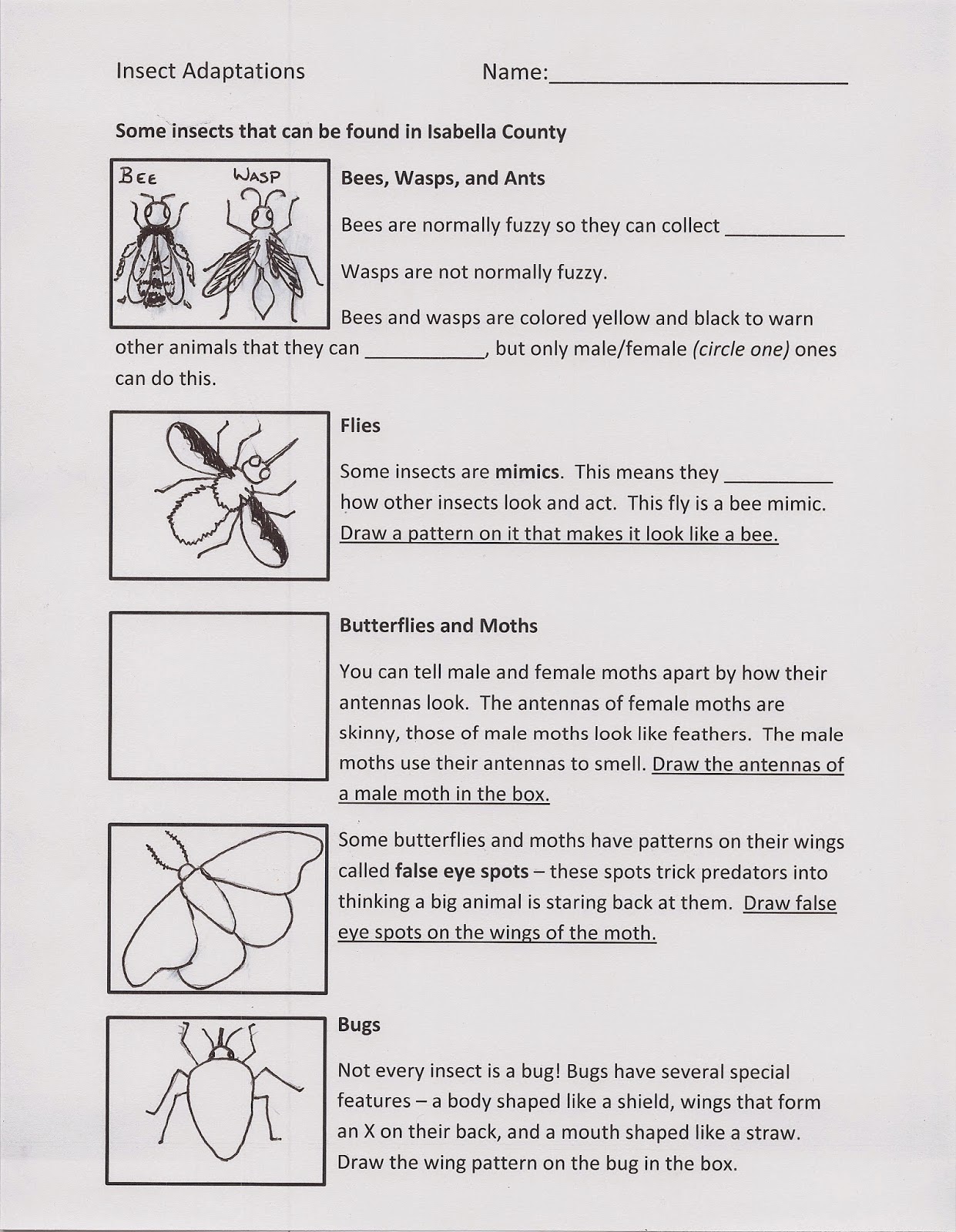Engaging Third Graders with Insect Studies

Imagine a classroom buzzing with excitement as third graders delve into the captivating world of insects. An effective insect study unit for this age group can ignite curiosity, foster a love for science, and provide a foundation for understanding the natural world. This article explores the importance of insect-focused curriculum for grade 3 and provides a roadmap for educators to create captivating learning experiences.
A well-structured third-grade insect curriculum provides young learners with a basic understanding of insect anatomy, life cycles, habitats, and their crucial roles in ecosystems. Children at this age are naturally curious about the world around them, making insects a perfect subject to engage their interest and encourage scientific inquiry. By exploring the diversity of insect life, students can begin to grasp broader concepts about biodiversity, adaptation, and interdependence.
The roots of insect study in elementary education can be traced back to the burgeoning field of nature study in the late 19th and early 20th centuries. Educators recognized the value of hands-on learning and the importance of connecting children with the natural world. Insect studies, with their readily available subjects and observable behaviors, became a cornerstone of early science curricula. Today, these studies remain crucial for fostering environmental awareness and scientific literacy.
One of the main challenges in teaching about insects to third graders can be overcoming common misconceptions and fears. Some children might have negative preconceived notions about insects, viewing them as pests or being afraid of them. A carefully designed curriculum can address these fears by highlighting the beneficial roles insects play, such as pollination and decomposition. Emphasizing the beauty and complexity of insect life can transform fear into fascination.
A successful insects lesson plan for grade 3 should incorporate a variety of teaching methods. Hands-on activities, such as observing live insects, building insect habitats, and creating insect-themed artwork, can deepen understanding and make learning more memorable. Incorporating technology, such as online insect identification guides and virtual dissections, can further enhance engagement and cater to different learning styles. Reading age-appropriate books and articles about insects can also supplement hands-on activities and provide a deeper understanding of these fascinating creatures.
Creating a model insect habitat is a simple yet effective way to introduce students to insect life cycles and ecological roles. Students can collect leaves, twigs, and soil to create a miniature ecosystem, then observe how insects interact with their environment. This activity provides a tangible connection to the subject matter and fosters a sense of responsibility for the natural world.
Another engaging activity involves using magnifying glasses to observe the intricate details of insect anatomy. Students can examine different parts of an insect’s body, such as its antennae, legs, and wings, and discuss their functions. This activity encourages close observation and critical thinking skills.
Three key benefits of a well-designed insect lesson plan for grade 3 include: 1) Fostering scientific inquiry and critical thinking skills through observation and experimentation. 2) Developing an appreciation for the natural world and understanding the importance of biodiversity. 3) Enhancing literacy skills through reading and writing about insects.
A simple step-by-step guide for creating an insect lesson plan involves: 1) Selecting a specific insect or insect group to focus on. 2) Gathering resources, such as books, online articles, and live specimens. 3) Designing engaging activities that cater to different learning styles. 4) Assessing student learning through observation and informal assessments.
Advantages and Disadvantages of Live Insect Observation
| Advantages | Disadvantages |
|---|---|
| Engaging and memorable learning experience | Potential for allergies or fear of insects |
| Opportunity for close observation and scientific inquiry | Ethical considerations regarding the care and handling of live insects |
Five best practices include: 1) Incorporating hands-on activities. 2) Utilizing a variety of teaching methods. 3) Connecting insect studies to real-world issues. 4) Encouraging student-led inquiry. 5) Providing opportunities for reflection and discussion.
Five real-world examples: 1) Studying the life cycle of a butterfly. 2) Investigating the role of bees in pollination. 3) Exploring the different types of ants in a local environment. 4) Examining the adaptations of insects for camouflage. 5) Discussing the impact of pesticides on insect populations.
Five challenges and solutions: 1) Lack of resources - utilize online resources and local experts. 2) Student fear of insects - start with less intimidating insects and emphasize their beneficial roles. 3) Limited time - focus on a specific insect group or topic. 4) Difficulty assessing learning - utilize informal assessments and observation. 5) Managing live insects in the classroom - establish clear guidelines for handling and care.
FAQs: 1) What are the main parts of an insect? 2) How do insects grow and change? 3) What do insects eat? 4) Where do insects live? 5) How do insects help the environment? 6) What are some common types of insects? 7) How can I attract beneficial insects to my garden? 8) How can I protect myself from harmful insects?
Tips and tricks: Use visuals, incorporate storytelling, create a classroom insect collection, and connect insect studies to other subjects like art and math.
In conclusion, a thoughtfully crafted insect lesson plan for grade 3 can unlock a world of wonder and discovery for young learners. By fostering a love for insects and encouraging scientific exploration, educators can empower students to become stewards of the natural world. The benefits of these studies extend beyond the classroom, instilling a lifelong appreciation for biodiversity and the interconnectedness of life. Let’s encourage the next generation of entomologists and environmentalists by making insect studies a captivating and enriching experience. Embrace the buzz, explore the crawl, and discover the fascinating world of insects with your third-grade class!
Bukit tunku houses your guide to prestigious kuala lumpur living
Stop gas theft the ultimate guide to locking gas caps
Unlocking the magic of behr warm white paint












